If you have a child in school, then you know how important it is to make sure they are comfortable while doing their homework. The last thing you want is for your kid's back to be hurting because of the desk or chair that they are using. Especially as schools and tuition centres move online in Singapore, it is essential to make sure that they can easily spend time at the desk when conducting home-based learning activities during the June holidays. In this blog post, we're going to go over some ways to improve the ergonomics of kids' study tables and chairs to create a more comfortable workstation for your child:
1. Provide proper lighting
For starters, studying can be difficult when the lighting in the room is too dark or isn't adjusted to the time of day. With more time spent focusing on the laptop screen, proper lighting is crucial to ensure a quality studying experience.
If your kid finds himself straining his eyes while studying under poor lighting, there are some easy solutions to make sure his studying space is well-lit. For instance, if your kid’s study table doesn’t come with a built-in light source, you can position the table near the window for natural lighting and place a table lamp for more conducive work at night.
Additionally, this will help with posture and keep them from leaning forward as much when doing tasks like reading or writing.
2. Re-position his study essentials
Even with his study materials and laptop on the table, it is important to make sure that your child has enough room for him so that he can sit up straight without having his arms hang down too low from the table top. Another helpful tip is to position bookshelves beside the table so your child can still have his things organised near him, which may otherwise take up unnecessary space in his study area.
With that being said, ensure there is enough space on both sides of the child so he won't have to twist his body while sitting or leaning over too much when using a computer.
3. Adjust the distance of the computer screen
As a good rule of thumb, the computer should be positioned directly in front of them at eye level and not below where it can pose neck strain or cause headaches from looking down too often. To reduce eye discomfort if your child is having back-to-back tuition online, you can also help to adjust the brightness settings of the computer to decrease the glare from the screen.
4. Add a backrest cushion
In reality, long hours of sitting can put more pressure on your kid's spine. Your kid may experience lower back pain as a result, which is not good to encounter at a young age. To help your kid to study at ease, a backrest cushion can provide support to your child’s back to alleviate any discomfort while sitting.
5. Place a footrest
Especially if they are unable to have their feet flat on the ground with knees at a 90 degree angle, adding a footrest can help to prop their feet up for support and comfort. As your child is still growing, the joints, nerves, and muscles in kids' legs are tender. By continuously sitting on a chair for an extended period of time, this could limit your child’s range of movement in the long haul.
6. Take short breaks
Don’t forget the June holidays are all about fun and relaxation as well! On top of that, sitting for prolonged hours can cause muscle pains so make it a point to remind your kid to take short breaks in between study sessions - preferably every half an hour. Besides getting out of that static sitting position and encouraging blood flow to the legs, these breaks are also good for your kid's eyes as well.
7. Switch to an ergonomically designed table
In a nutshell, it's important for kids to have the right study table setup to help them become comfortable and focused. Yet, many students study at a general study desk. When in fact, for optimal concentration, ergonomically designed tables and chairs for kids can provide the comfort he needs to make the best out of revision time.
An ergonomic desk is designed keeping all these points in mind. This type of table designs can provide support to your kid's spine and neck. You can also adjust its height and your kid can study at these tables for hours in comfort. Add an ergonomic chair to complete your kid's study area. Therefore, you should use an ergonomically designed table instead of a standard kids' desk. We’ve previously provided a guide on how to find the right ergonomic table and chair for your child. While you’re at it, be sure to check out our extensive range of kids’ study tables and chairs that come in a variety of colours. To give our products a test, drop by our stores in Singapore today.


![Falcon Chair [Free Footrest Worth $150]](http://ergoworks.com.sg/cdn/shop/files/FalconChair.png?v=1766720283&width=104)
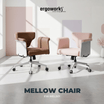
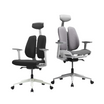


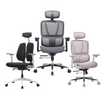
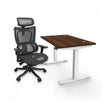


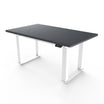
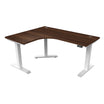

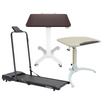
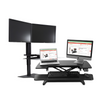
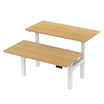






![Impact Ergonomic Kids Study Desk [Length Options Available]](http://ergoworks.com.sg/cdn/shop/files/KidDeskMainImageFinal.png?v=1764215536&width=104)
![Impact Ergonomic Kids Desk & Chair Set [FREE Spindle bookshelf & Eye Care Lamp Worth $318.90] [Chair & Length Options Available]](http://ergoworks.com.sg/cdn/shop/files/Kids_Desk_Nov_Promo_Square_Shopify.jpg?v=1761955288&width=104)

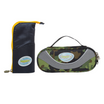
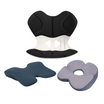
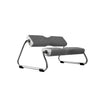
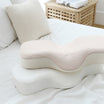
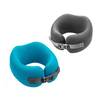

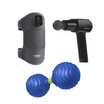



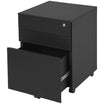


Leave a comment
This site is protected by hCaptcha and the hCaptcha Privacy Policy and Terms of Service apply.